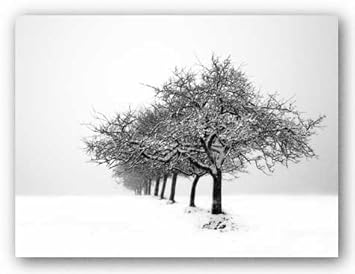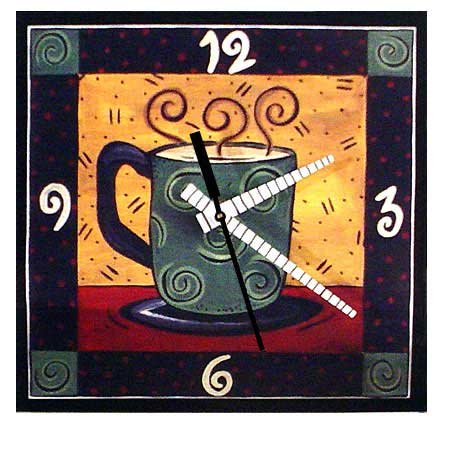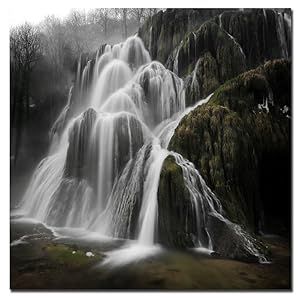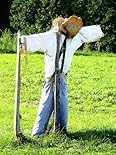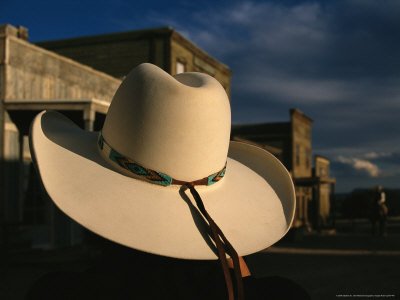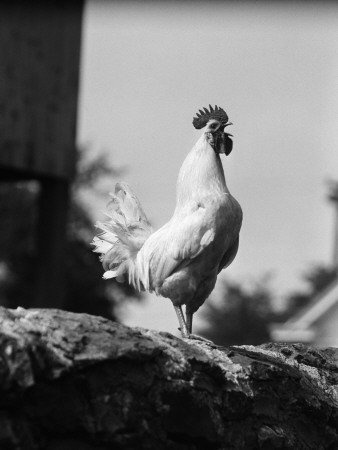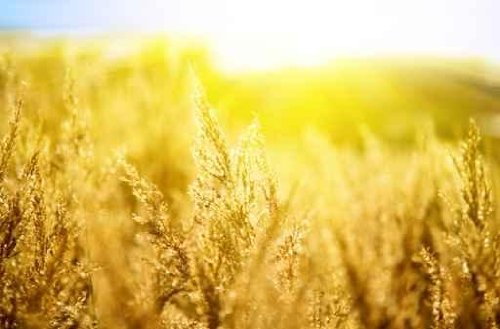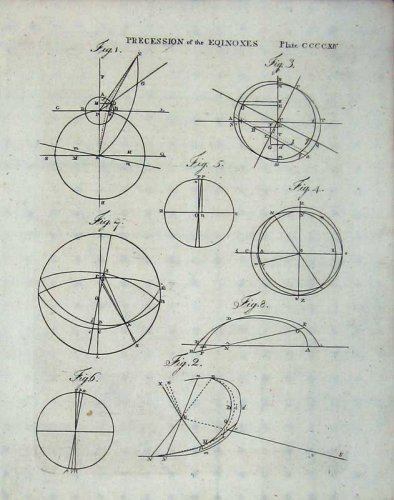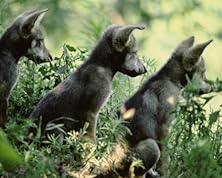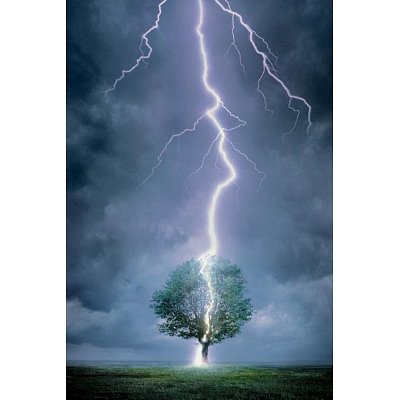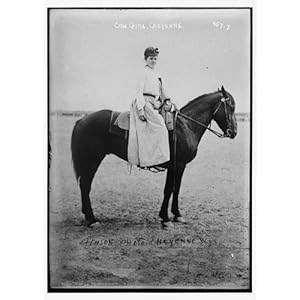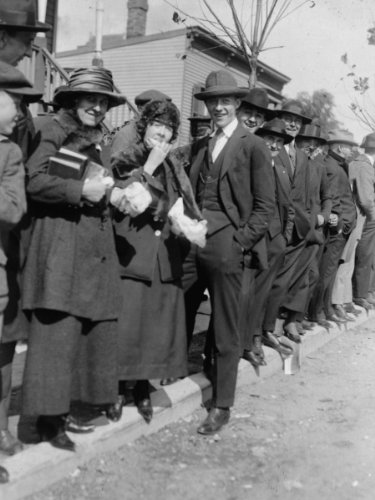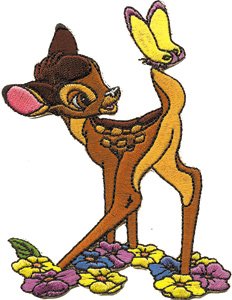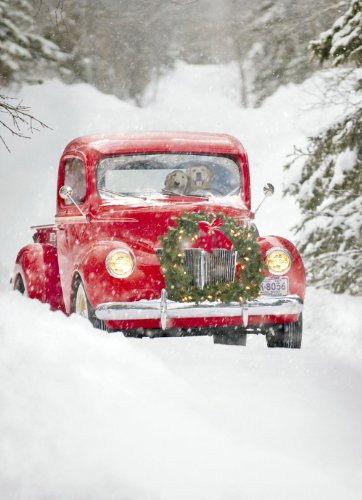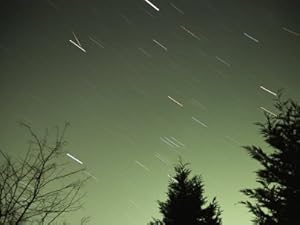 by Michael Hofferber. Copyright © 1999. All rights reserved.
by Michael Hofferber. Copyright © 1999. All rights reserved.The night is cold and moonless. Stars twinkle in frosty stillness. My breath rises from my lips as a thick fog, circling my head before it dissipates into the silence.
I am out late in the dark, standing on a butte more than a mile from the nearest street light, because there's a chance of showers. Meteor showers.
Falling stars, or meteors, are not uncommon. You can catch site of one almost any night of the year, and some are even large enough and bright enough to break the light of day. But showers of meteors -- when long streaks of flame arc across the heavens not once, but many times -- are another matter. Most of these are caused by clouds of dust left in the path of passing comets and they come round again like the seasons, year after year.
Continued at... A Chance of Showers.
Rural Delivery
Holidays and Notable Events
The Nature Pages
Artwork: Meteor Shower


